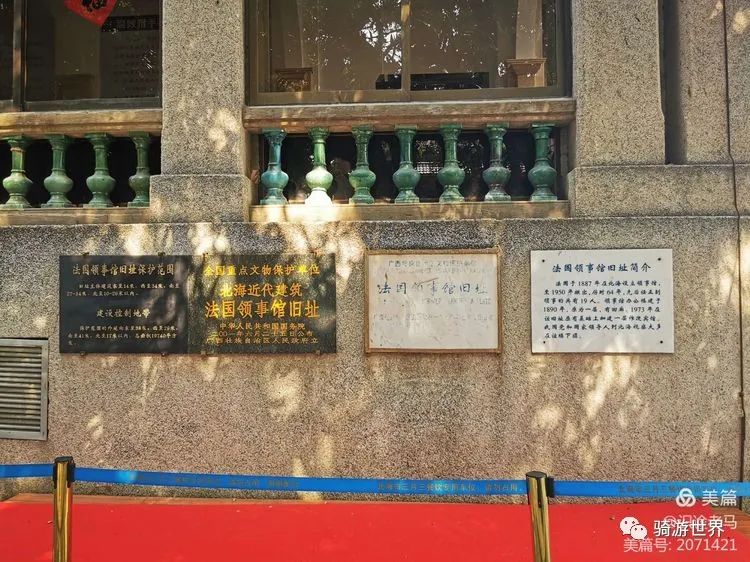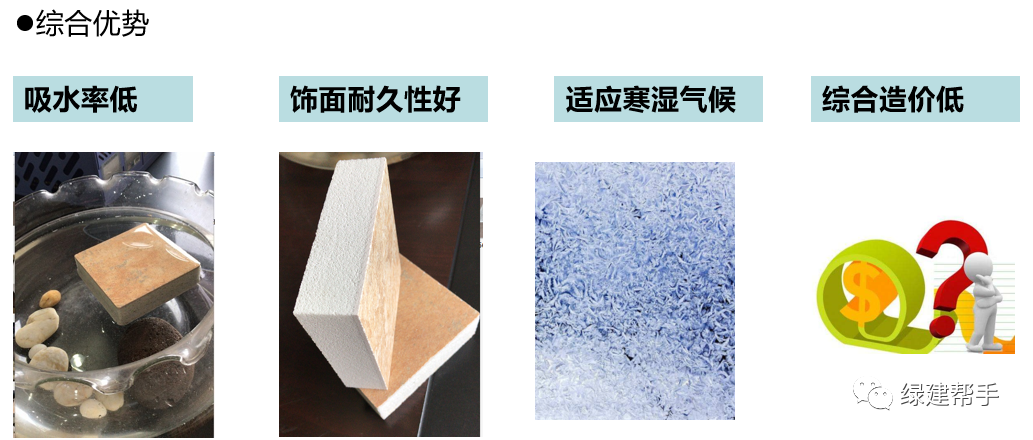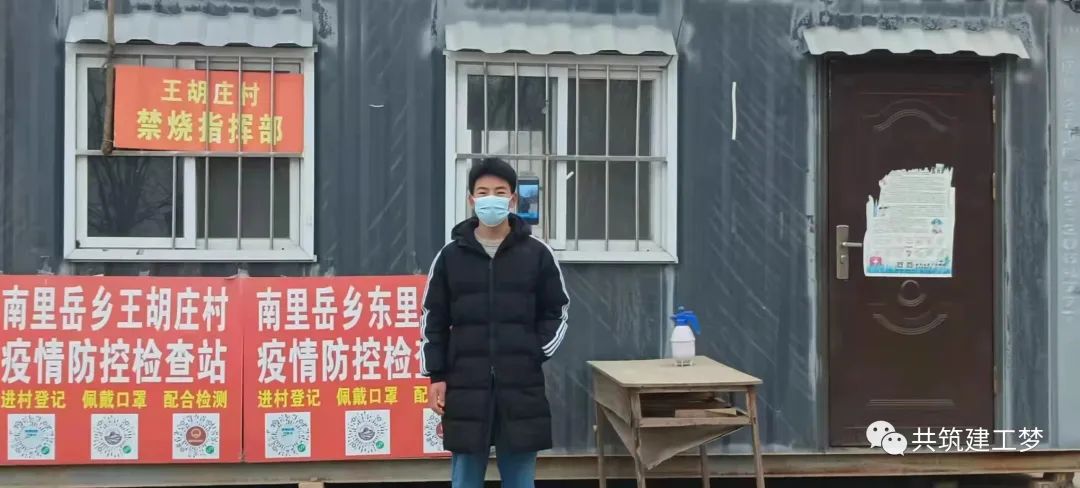Author: on February 16, 2021, in addition to Beihai silver beach, Beihai old street, Qiaogang style street, guantouling, mangrove, Weizhou Island and other well-known scenic spots, there is also a place worth seeing, which is carrying the historical and cultural “Beihai modern architecture”
. 
In 1876, after the Treaty of Yantai was signed between China and Britain, Beihai was opened as a trading port
. 
Western powers came in droves
. 
Eight countries, including Britain, Germany, France, Austria Hungary, Italy, Portugal, the United States and Belgium, set up consulates, churches, hospitals, foreign firms, nunneries and schools in Beihai, and built a number of western style buildings
. 
These buildings are important sites to witness China’s modern port opening culture
. 
They are treasures of Chinese modern architecture and carriers of urban history and culture
. 
They are praised as “modern architecture Yearbook” by historians and architects
. 
They have high historical, cultural and artistic value
. 
They are valuable cultural resources to show the history of Beihai’s modern port opening, and are also attractive tourism resources for Chinese and foreign tourists
. 
On June 25, 2001, Beihai modern architecture was announced as the fifth batch of national key cultural relics protection units
. 
On December 2, 2017, Beihai modern architecture was selected as “the second batch of Chinese 20th century architectural heritage”
. 
Beihai modern architectural complex includes 15 modern western buildings, including the former site of British Consulate, the former site of German Consulate, the former site of French Consulate, the former site of Beihai pass building, the former site of Senbao foreign house, the former site of German Lutheran Church, the former site of Shuang Ma Lou, the former site of clergyman building, the former site of nunnery, the former site of bishop’s mansion, the former site of Puren Hospital, the former site of Joan of arc female school and the former site of Weizhou Island City The former site of Wuzai church and Weizhou Catholic Church
. 
In order to fully tap the value of Beihai’s modern historical and cultural resources, create a new brand of cultural tourism, promote the integrated development of culture and tourism, and help Beihai build a national tourism demonstration area and a museum city, Beihai City has built “impression · 1876 Beihai historical and cultural scenic spot” against this background
. 
“Impression 1876” Beihai modern architecture historical and cultural scenic spot is located in the old urban area of Beihai, with an area of about 46000 square meters, starting from the Yingbin Hotel in the East, the cultural compound in the west, the former site of the British Consulate in the South and Binhai Road in the north
. 
It connects the former site of the British Consulate, the former site of the German Consulate, the former site of the German Senbao company, the former site of the French Consulate and the Beihai branch of Daqing post from Jiefang Road and Zhongshan Road It is composed of the former site of the Bureau, the former site of Beihai pass building and other cultural relics
. 
The former site of the British Consulate in 1876, Britain forced the Qing government to conclude the Treaty of Yantai under the pretext of “the macare case”
. 
One of its terms turned Beihai into a trading port, and Beihai was reduced to a semi colony
. 
In 1877, Britain rented houses to set up a consulate in Beihai
. 
In 1885, Britain built an office building for the consulate
. 
The building is a two-story, rectangular Western-style building, 47 meters long and 12 meters wide, with a construction area of 1154 square meters
. 
The main building is well preserved
. 
The ancillary buildings include dormitory, reception room, Chapel, etc., covering an area of 419 square meters
. 
The museum site is surrounded by 100 year old camphor trees
. 
The foundation stone of English inscriptions still exists today
. 
It is a historical witness of the Sino British Treaty of Yantai in Beihai
. 
In 1876, the Treaty of Yantai was signed between China and Britain, and Beihai became a port for foreign trade
. 
In 1877, Britain rented houses in the North Sea and set up a consulate
. 
In 1885, it built a consulate office building
. 
The museum was abolished in 1922 and lasted for 46 years
. 
In 2014, the former site of the British consulate was opened as a “historical exhibition hall of modern foreign consulates in the North Sea”
. 
Britain is the first foreign consulate in the North Sea
. 
British Consul meets Chinese officials, the cornerstone of the former French Consulate
. 
The telephone, typewriter, sewing machine, clock, oil lamp and tableware used at that time
. 
From 1920 to 1935, the 28 inch bicycle “Hagar road” was produced in England
. 
The scene of the British Consul conducting secret business with customs officials and missionaries
. 
The former site of the German Consulate was established in 1886 in the North Sea
. 
It was withdrawn in 1908 and lasted for 23 years
. 
At that time, in terms of shipping and commerce, German merchant ships had the most frequent activities in the North Sea
. 
From 1886 to 1902, Germany commissioned the British Consul in the North Sea to act as its agent
. 
In 1903, Germany began to send consuls in the North Sea
. 
In 1905, the consulate office building was built
. 
The existing site of the German Consulate was built in 1905
. 
The main building is 23.1 meters long and 18.5 meters wide, with two floors and a building area of 953 square meters
. 
The main entrance has a porch with 10 meter long arc steps on both sides of the porch
. 
The main building is well preserved
. 
The former site of the French Consulate the French Consulate is the longest foreign consulate in the North Sea
. 
It took 64 years from the establishment of the Consulate in 1887 to the withdrawal in 1950
. 
For some time, the French Consulate also acted as an agent for the consular affairs of Portugal and Dongxing on the border between China and Vietnam
. 
The former site of the museum is now located in Beihai Hotel
. 
The main building is on the first floor, the plane is concave, 34.5 meters long, 20.7 meters wide, and the building area is 636 square meters
. 
It is the VIP Building of Beihai guest house and has received foreign guests from dozens of countries
. 
Hu Yaobang, Jiang Zemin, Qiao Shi, Li Peng and other party and state leaders have stayed in the building
. 
The former site is a historical witness of France’s establishment of a diplomatic base in the North Sea
. 
The office building was built in 1890
. 
It used to be a one story building with an ambulatory
. 
An additional floor was built in 1973
. 
Old photo of the (destroyed) gate of the French Consulate
. 
The former site of Senbao company in Germany Senbao company is a business organization established in the North Sea by Germany
. 
Founded in 1886, it was one of the largest foreign firms established by imperialist powers in Beihai
. 
In addition, it has several foreign buildings and warehouses in Beihai
. 
The former site of Senbao company in Germany was built in 1891
. 
It is a two-story coupons Gallery building with a length of 18 meters and a width of 13.5 meters
. 
The architectural style of the annex building is the same as that of the main building, with only one floor
. 
The total construction area of the main building is 563 square meters, which is well preserved
. 
The former site is the only one of several commercial buildings built by foreign businessmen in Beihai
. 
It is a historical witness of foreign businesses and trade organizations in Beihai
. 
In 2014, “the former site of German Senbao foreign firm” was opened up as “Beihai modern foreign firm History Museum”
. 
The exhibition hall was opened in May 2016
. 
It mainly displays the history of about 30 foreign firms from more than 10 countries entering Beihai after the signing of the Yantai treaty between China and Britain
. 
In addition, it also displays relevant precious materials
. 
In modern times, Beihai foreign company carried out local products trading scene
. 
The signing scene
. 
The objects used at the former sites of foreign firms all over the world
. 
In 1899, bagud, a German missionary, went to Beihai to preach, which was called Presbyterian Church
.
In 1922, it was renamed southern Guangdong Lutheran Church
.
Besides preaching in Beihai, the church also opened Dehua school and one of the earliest movable type printing houses in Beihai
.
The school’s books and the East West News newspaper founded by the society were printed in the Institute, which played a positive role in the early cultural education and development of Beihai city
.
The former site of the existing Lutheran building was built in the 26th year of the reign of Emperor Guangxu of the Qing Dynasty (1900), which was the residence of missionaries
.
The building is 30 meters long and 17 meters wide, with a floor area of 506 square meters
.
The main building is well preserved, and it is the only building left by the original Lutheran Church
.
The former site of Joan of arc women’s school, the predecessor of Joan of arc women’s school, is the British Anglican feminist school
.
It began in 1890 and taught girls’ classes.
.




